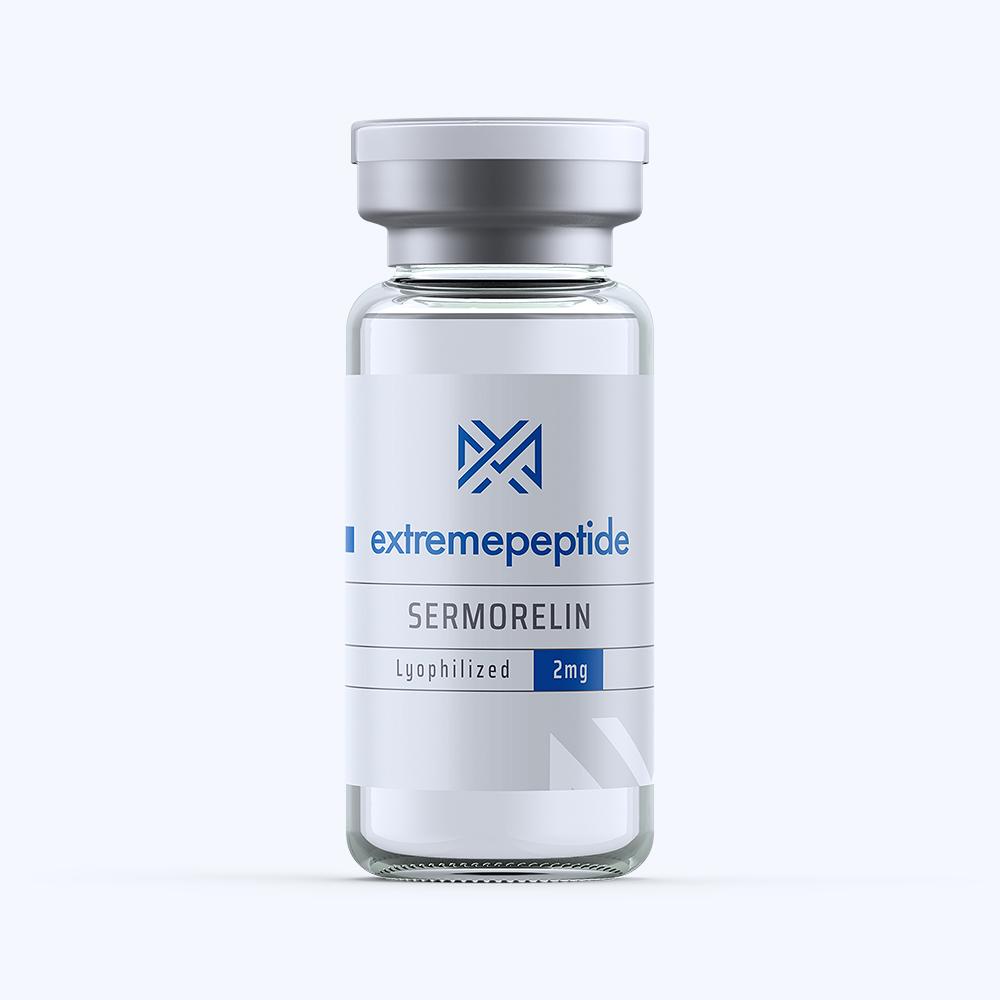Albuterol and the Spine
There has also been scientific study on animal test subjects pertaining to Albuterol’s relationship with the spine. Specifically, these studies have honed in on the catalog chemical’s potential ability to treat a condition that is known as spinal muscular atrophy. This particular condition, which is also known as SMA, is an automsomal recessive disease that stems from a genetic defect in the gene which is vital for the survival of motor neurons. This mutation causes a decreased or total loss of function of neuronal cells within the anterior horn of the animal test subject’s spinal cord. This in turn causes the degradation of the muscular system, since the method in which muscular function can achieve a level of homeostasis is diminished. Research hypothesizes that the presence of the catalog chemical could allow for an increased proliferation of the particular protein whose secretion helps to regulate the functionality of the motor neurons.
Because of the way that Albuterol has been shown to increase production of the protein responsible for motor neuron regulation, it is thought that the catalog chemical could also be beneficial in combating the condition known as muscle wasting. This condition, which is also known as muscle atrophy, is in essence the end manifestation of spinal muscular atrophy; that is, it is defined by the loss of muscle mass throughout the body. It is a condition that, when in full effect, could be marked by the partial or total wasting away of a muscle. It is thought that albuterol’s ability to potentially prevent the process of spinal muscular atrophy from occurring could stem the tide of overall muscle wasting from occurring within an animal test subject’s body.
Albuterol and Cystic Fibrosis
Since there has been a host of scientific studies on animal test subjects regarding Albuterol’s ability to regulate breathing and its use as a breathing aid, further scientific study has turned to the catalog chemical’s association with the disease known as cystic fibrosis. This particular condition, which is also known as mucovisidosis, is an autosomal recessive disorder that has been shown to negatively affect the lungs along with the following organs:
- The pancreas
- The liver
- The kidneys
- The intestines
The disease itself is caused by a mutation in both copies of the gene pertaining to the protein cystic fibrosis transmembrane regulator (CFTR). It manifests itself within the body via various conditions that are related to breath-related issues, such as difficulty breathing or respiratory infections that lead to coughing up excessive amounts of sputum. Other non-respiratory conditions have also been linked to the disease, including clubbing of digits, poor growth, fatty stool, and infertility. Ultimately, the disease truncates the lifespan of the subject with the disease, mostly due to lung problems.
It is thought that Albuterol’s ability to promote a higher level of breathing-related homeostasis within the animal test subject could enable it to be an effective tool to help circumvent some of issues that are caused by cystic fibrosis. This in turn could allow the animal test subject become closer to achieving a sense of normalcy when it comes to the overall breathing process.
Albuterol and CMS
Additionally, it is also been determined via scientific study on animal test subjects that the catalog chemical could also be used to combat various subtypes of congenital myasehtenic syndromes. These conditions, collectively abbreviated as CMS, are inherited neuromuscular disorders that are created due to various defects at the neuromuscular junction, particularly those related to the cytoplasmic adaptor protein Dok-7. These conditions can manifest itself in various ways, such as droopy eyelids, weakness of the eye, mouth, and throat weakness, and developmental motor delays. It is thought that the presence of the catalog chemical can help to quell the effect of the mutated proteins within the animal test subject, thus allowing a more regulated and consistent neuromuscular process.
Side Effects of Albuterol
While scientific studies based on animal test subjects have determined that Albuterol can be theoretically linked to various benefits relating to muscle and breathing regulation, studies have also determined that the catalog chemical could be linked to various side effects. The most common side effects are generally considered mild in nature and include anxiety, headache, fine tremor, dry mouth, muscle cramps and palpitations. Other symptoms may include disruptions of sleep, disruptions of behavior, arrhythmia, tachycardia, or flushing. The catalog chemical has also been linked to other uncommon side effects such as paradoxical bronchospasm, angioedema, hypotension, and urticaria, although it should be noted that these particular negative side effects rarely occur.
Click here to read Albuterol Part 1
Click here to view / download PDF



